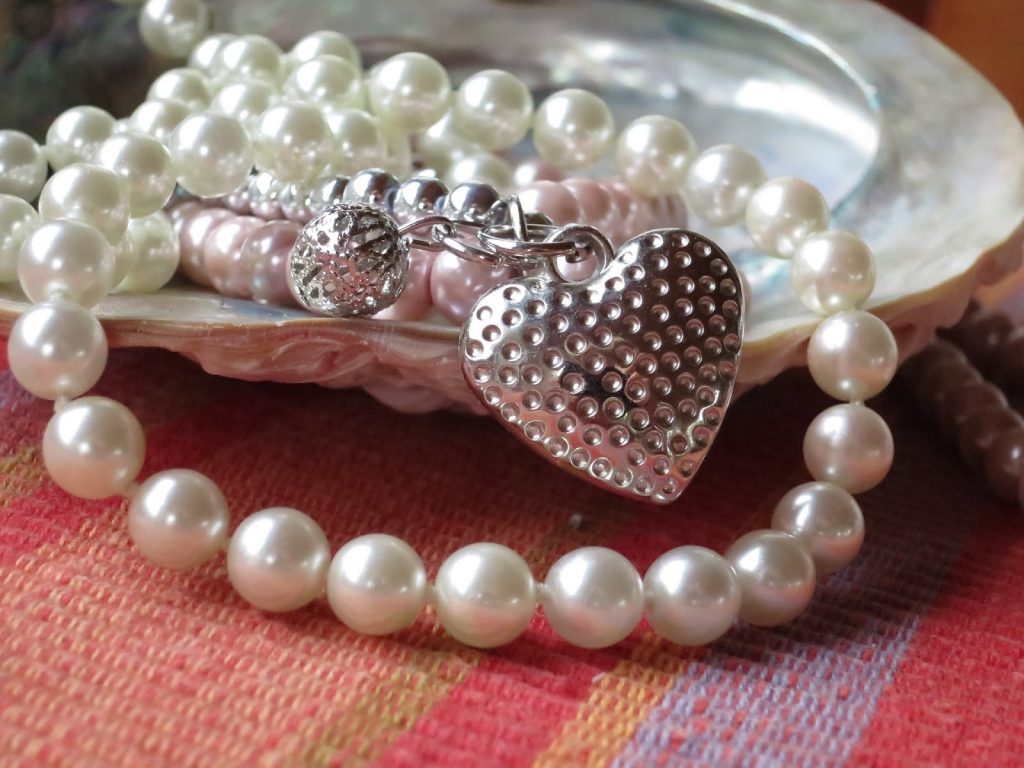Many of those who love the beauty of pearls are aware of its different types but not many know about Keshi pearls. Pearls are formed inside an oyster when an irritant slip into it. The oyster protects itself by covering up the irritant and by secreting layers of nacre thus forming a pearl. The three main types are Freshwater, Akoya and South Sea.
Formation of keshi pearls
Pearls are cultured by placing a nucleus inside the oyster. Natural pearls are formed without the presence of a nucleus. Keshis are natural as they do not have a nucleus inside. In other words, keshis are pure nacre. They are a by-product of pearl farming. They are an utter fluke of nature. Rather than being considered as a pearl type, it is considered as shape.
Keshis are formed when mollusc rejects the nucleus whilst continuing the pearl-farming process. Since they are made up of only nacre, they possess an attractive rainbow-like colour. They aren’t to be confused with baroque pearls which are voluminous and have meringue-like shapes. Check out ‘PearlsOnly’ website. This site has a vast collection of keshi jewellery.
Characteristics of Keshi pearls
- Highly Lustrous
Since they are composed solely of nacre, they are extraordinarily lustrous. Due to this quality they were worn by Arabian princesses back then. When worn they emit remarkable radiance.
- Unique Style
Due to the absence of a nucleus, their shapes are more like baroque and they are rarely of round shape. They could also be oval, semi-round and flat shape. Due to their organic shapes, they are considered to be uniquely eye-catching.
Rarity: South Sea keshis used to be common back then and it was easier to get even rare ones at an affordable rate. Their presence is rarer now. This is because these days x-rays are done on oysters to see if the nucleus has been expelled or not. If a nucleus-free oyster is spotted, re-nucleation is done before the formation of keshi is possible. This is the reason for the rarity of keshi pearls.
Regardless of which characteristic of keshis you find the most appealing – be it the lustre or uniquenss, natural value, keshis need to be reserved a place in your jewellery collection.



